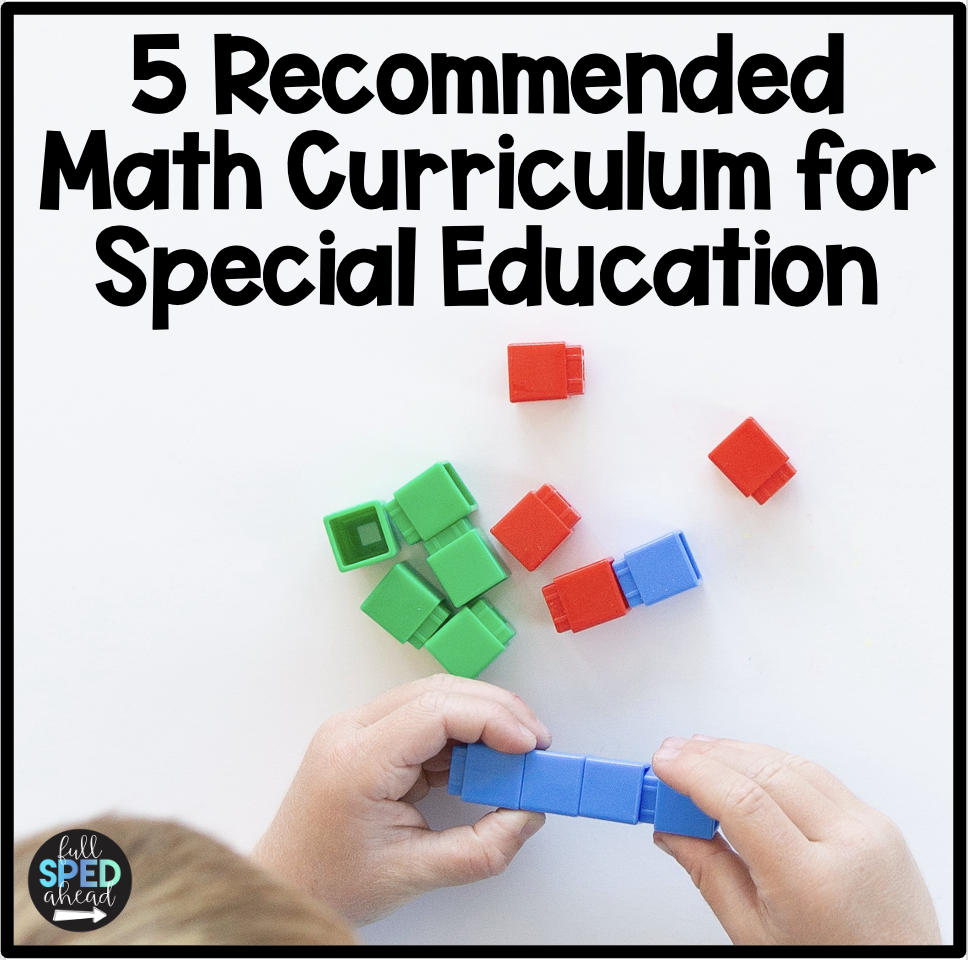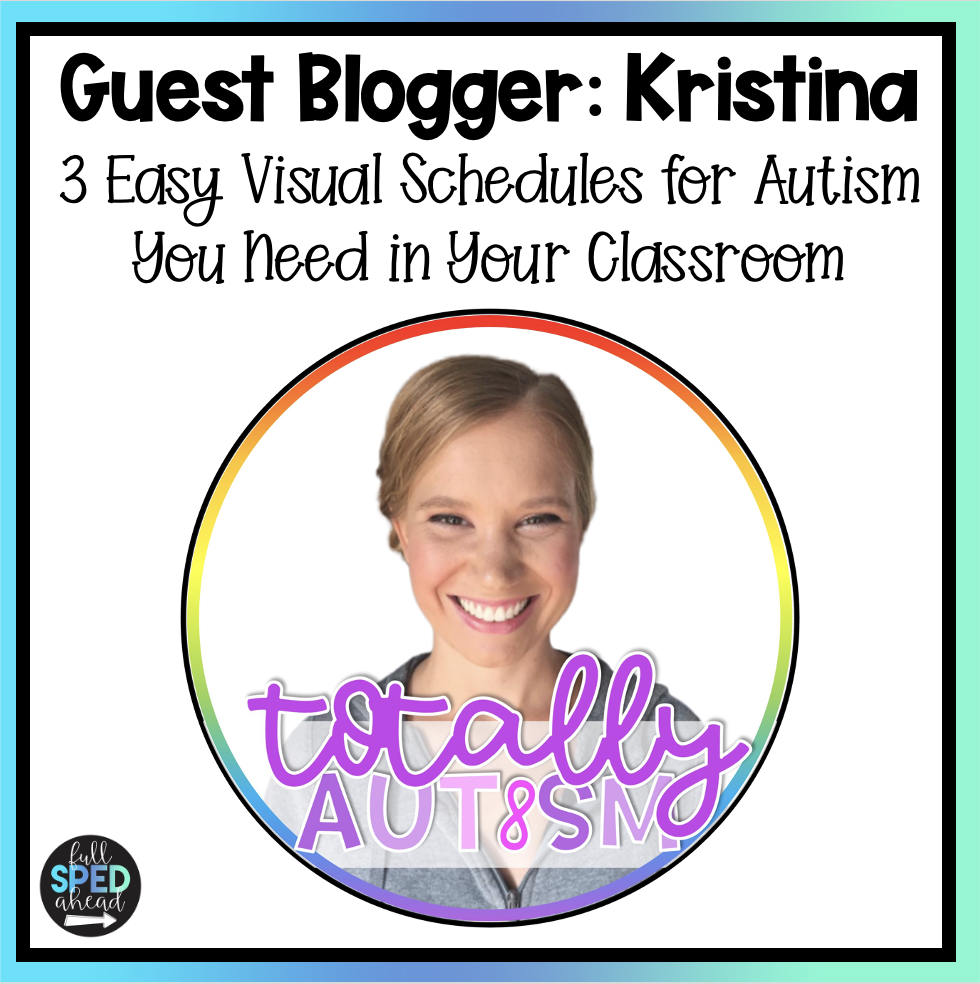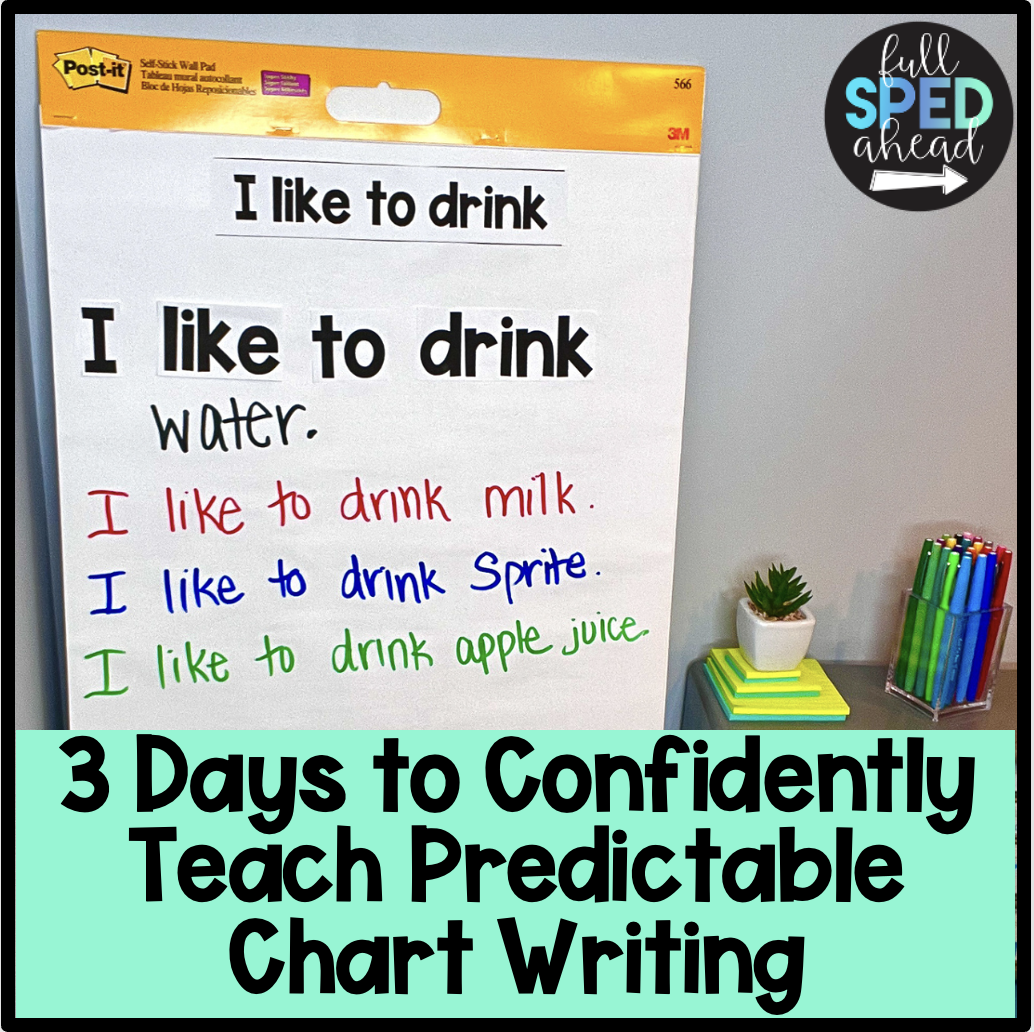
5 Recommended Math Curriculum for Special Education
When it comes to supporting struggling learners for math skills, special education teachers need comprehensive and effective math curriculum designed to meet their students’ unique needs. In this blog post, we will explore five outstanding math curricula that have proven to be highly beneficial for special education classrooms. These are the ones that I suggest!






